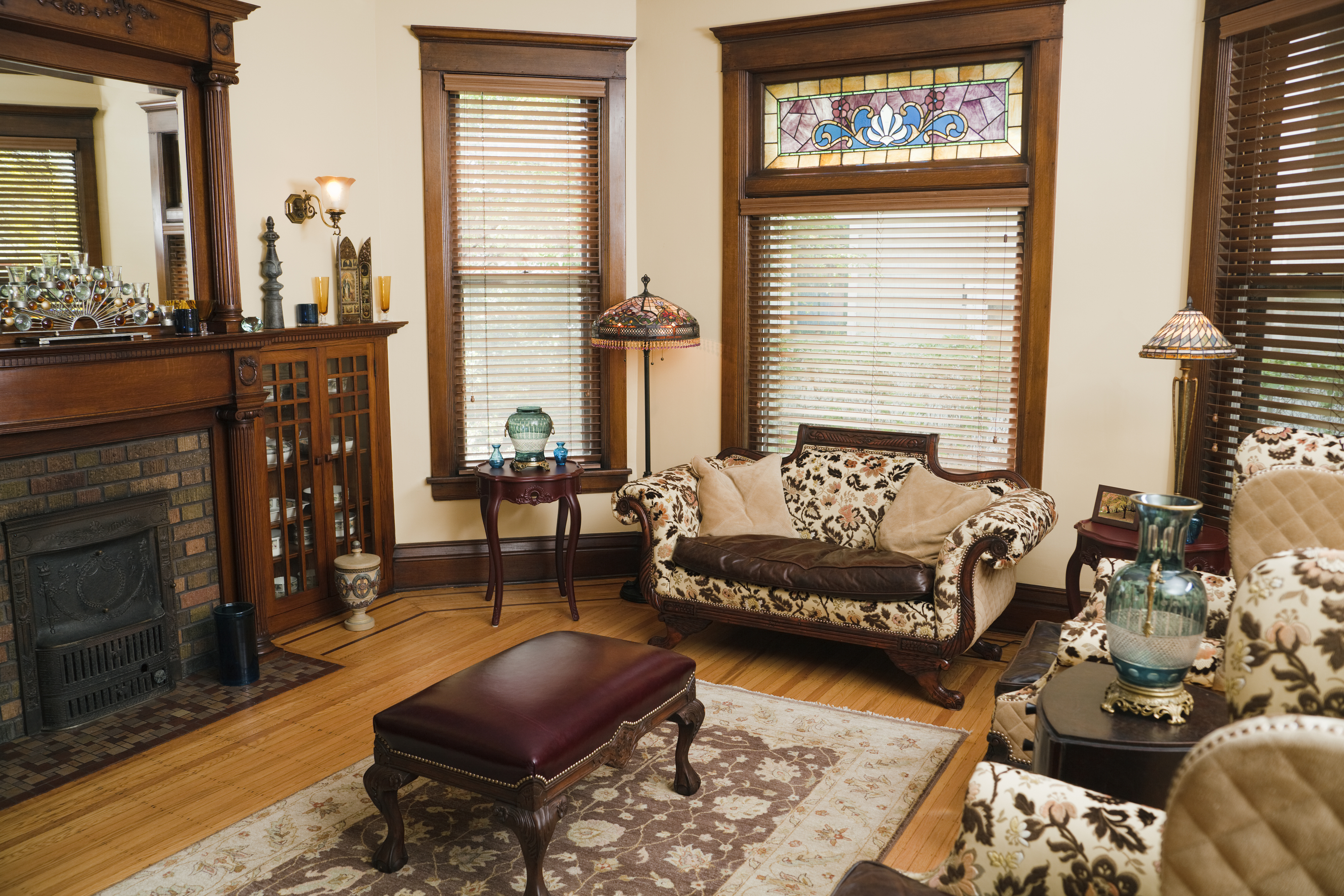- Home
- Learn About Antique Furniture and Reproductions
- Resources
- What makes Chippendale furniture unique?

Why Chippendale Furniture is Unique
Chippendale is a style of furniture named after the famous 18th-century cabinet-maker, Thomas Chippendale. The most famous English furniture style in history up until that point, Chippendale furniture was the first style of English furniture named after a cabinet-maker instead of a monarch.
It all started with a book: The Gentleman and Cabinet-Maker’s Director, full of furniture designs by a few different designers, though Thomas Chippendale’s were the most identifiable and, consequently, the most famous. The book was well-received, and before long, furniture based on Chippendale’s designs was being made across England, Europe, and the American colonies. His designs fell into three main categories: Gothic, Rococo, and Chinese; however, when people refer to the “Chippendale” furniture style, they probably mean the altered Rococo-style furniture, which was the most popular of the three categories.
Now we know what Chippendale furniture is, and we might even have a good idea of what it looks like. But how do we tell Chippendale apart from other antique furniture styles? What is it that makes Chippendale furniture unique? Some of the most unique characteristics of Chippendale furniture include the piece’s legs, feet, materials, ribbon-backs, and shell motifs.
The Legs and Feet
The first things that most people notice about Chippendale furniture are the legs and feet. Most Chippendale chairs and tables sit on cabriole legs, which are built with two curves: the first curve is at the top of the leg, where the wood curves outward, and the second is at the bottom, where the wood curves inward. There’s a lot more variety with the furniture’s feet, which were generally carved in four different styles: the ball and claw, the lion’s paw, the club, and the spade.
As American furniture makers began experimenting with different techniques, bringing back the elaborate forms of the Rococo style, Chippendale reproductions began featuring intricate, detailed carvings in the legs. Over time, though, the trends moved toward the Marlborough straight leg, built to be sturdy and substantial while ending with a block foot. Because of these changes, spotting an original Chippendale piece–or at least an original Chippendale design–is relatively easy. Look for the cabriole legs and ornamental feet.
The Materials
Original Chippendale pieces were made from dark woods, like mahogany, cherry, maple, and walnut. Mahogany was the first and most popular choice, though, because of its beautiful, deep brown color that darkens over time, not to mention the wood’s durability and flexibility. The structure of mahogany makes it perfect for the intricate carvings and embellishments seen throughout Chippendale’s designs, as we’ve discussed with the legs and feet.
Because mahogany was imported from Cuba and Honduras, the American colonies couldn’t always make Chippendale-style pieces from mahogany. They often used other dark woods instead, sometimes even blending different dark woods. Today, many Chippendale reproductions are made from the same high-quality mahogany as the original creations, so telling an antique apart from a reproduction can be difficult, even to a trained eye.
The Ribbon-Back Chairs
Thomas Chippendale often modified French furniture trends to make them more appealing to his conservative English audience. Many of his chair designs were based on the Louis XV period, but his ribbon-back chairs were the most iconic. While Louis XV chairs featured upholstered seats and backs, Chippendale only left the seats upholstered, leaving the wooden back completely visible. They’re called “ribbon-back” chairs because the chair splats are designed to look like ribbons or bows.
The Shell Motifs
Many of Chippendale’s designs feature shell motifs reminiscent of the Queen Anne furniture style. Chippendale appreciated the balance and symmetry of these shells, but there are other reasons he may have incorporated them into many of his furniture pieces.
As we mentioned above, there seem to be three categories of original Chippendale designs: Chinese, Gothic, and Rococo. Did you know that the word “Rococo” is supposed to be a funny take on the word “rocaille,” which refers to a type of decoration that used cement, pebbles, and seashells to decorate fountains and grottoes? Additionally, rocaille became a term associated with shell motifs on furniture, usually seashells interlaced with acanthus leaves. Whether Thomas Chippendale made the connections himself or simply drew on the Queen Anne style for inspiration is unclear, but it wouldn’t be surprising if he incorporated those shells as a nod to the origin of the word “Rococo.”
Putting it All Together
None of these characteristics by themselves may be unique enough to distinguish the Chippendale style from its contemporaries, but when you tally them all up together, there’s only one furniture designer that comes to mind: Thomas Chippendale. His shell motifs, ribbon-back chairs, dark woods, and ornate legs and feet are just a few of the things that make this furniture style so popular, even today. We hope you’ve learned something new about the Chippendale style that you can use to impress your fellow antique collectors!









